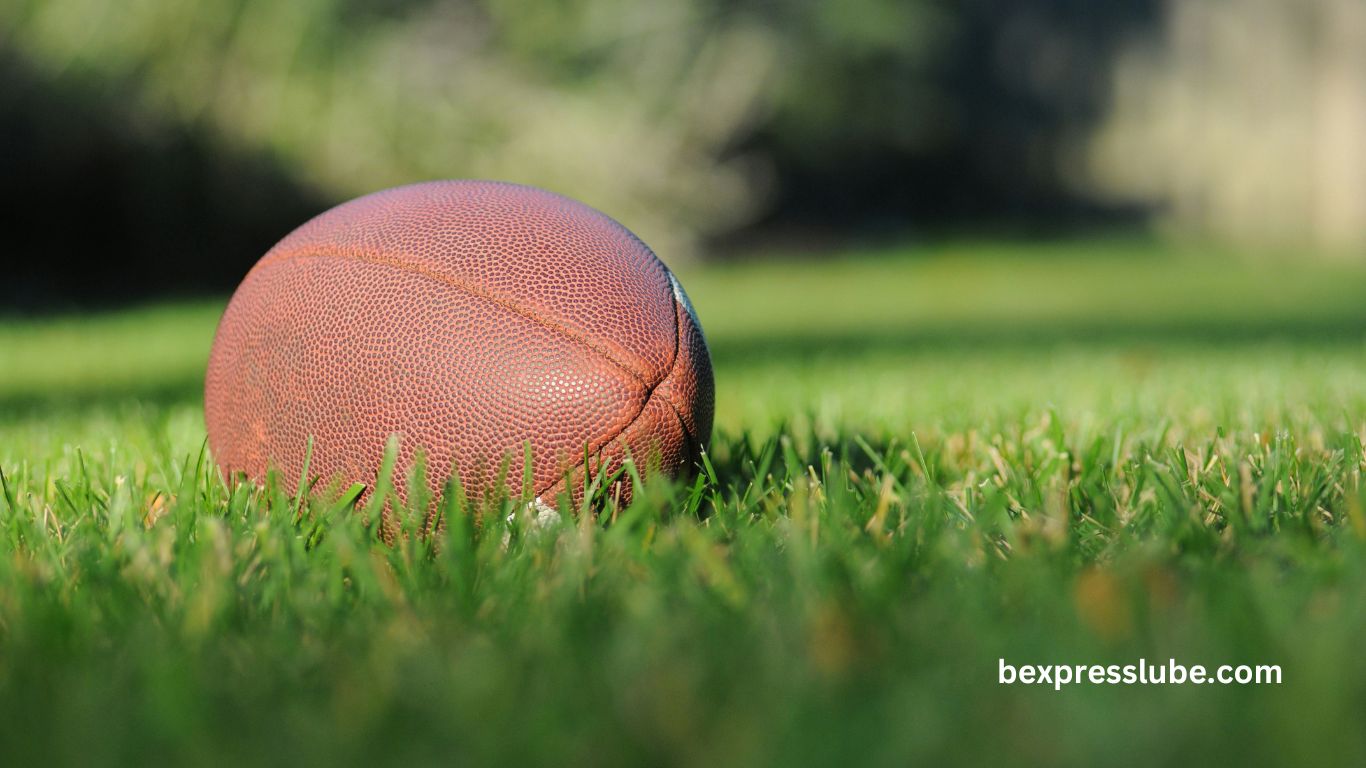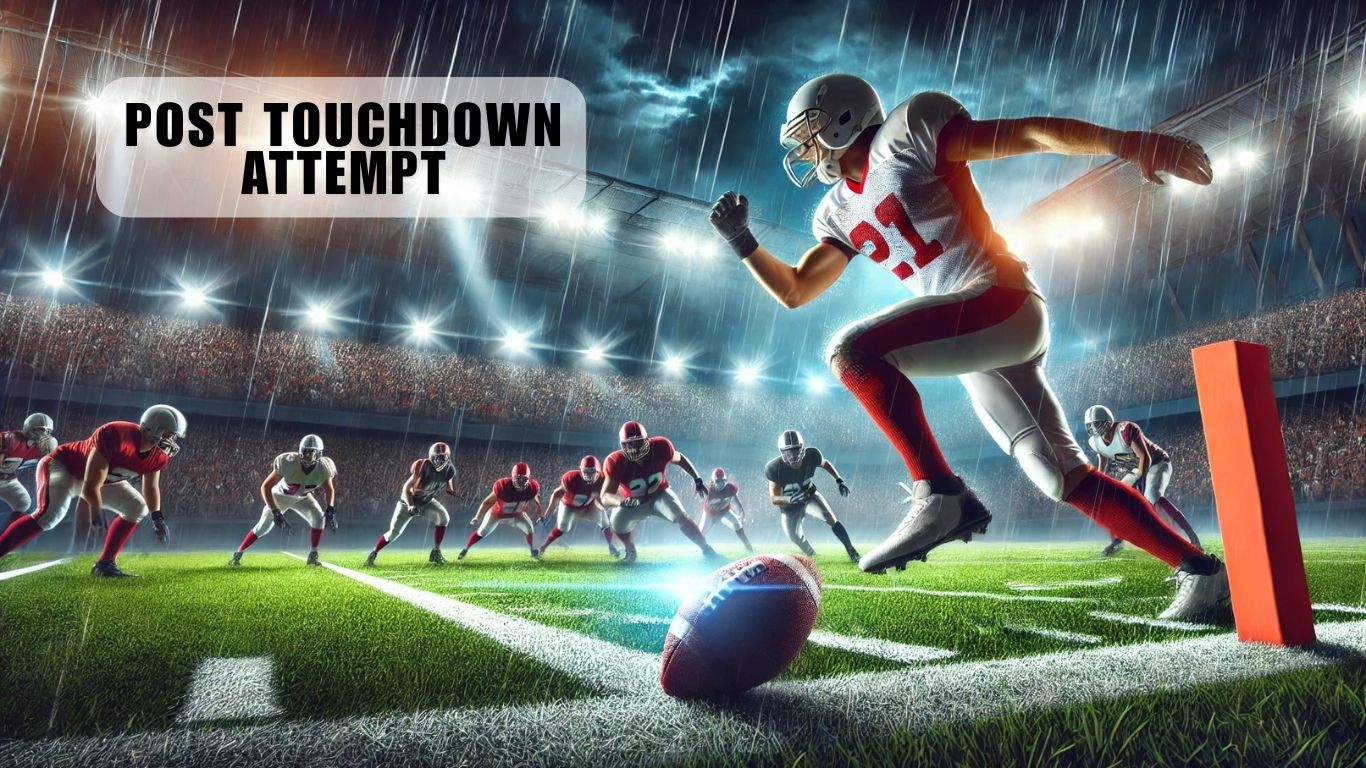Sports balls are essential components of various games played around the globe. They come in diverse shapes, sizes, and materials, each designed specifically for the unique requirements of different sports. Understanding the characteristics and significance of these balls can enhance our appreciation for the sports we love.
The Variety of Sports Balls
Sports balls can be categorized based on the game they are used for. Here are some of the most popular types:
- Soccer Balls: Recognized for their spherical shape, soccer balls are usually made of leather or synthetic materials. They come in different sizes, with size 5 being the standard for adults. The design features 32 panels stitched together, which helps maintain the ball’s shape during play. Soccer balls are engineered to withstand intense kicks and weather conditions, making them durable and reliable.
- Basketballs: Basketballs are larger and heavier than soccer balls, typically made of rubber or composite leather. The standard basketball has a circumference of 29.5 inches and is designed to provide a good grip for dribbling and shooting. Their unique texture helps players maintain control during high-speed movements, and the orange color is easily visible on the court.
- Tennis Balls: These small, fuzzy balls are integral to the game of tennis. A standard tennis ball has a diameter of about 2.57 inches and is covered in a high-fiber felt that affects its aerodynamics. Tennis balls are pressurized to create the perfect bounce, and they come in different types for various surfaces—grass, clay, or hard courts.
- Baseballs: Baseballs are hard, white spheres with red stitching, measuring about 9 inches in circumference. They are made of a cork or rubber center wrapped in yarn and covered with leather. The design helps with aerodynamics, allowing pitchers to throw various types of pitches with precision and control.
- Volleyballs: Designed specifically for indoor and beach play, volleyballs are softer than other sports balls, typically weighing between 9 to 10 ounces. Made of synthetic leather, they feature a unique 18-panel design that helps maintain a consistent bounce. The lightweight construction allows players to spike and set without risk of injury.
The Science Behind Sports Balls
The design and construction of sports balls are deeply rooted in physics. The materials used affect factors such as bounce, grip, and durability. For example, the pressure inside a basketball influences how it bounces on the court. A properly inflated ball offers optimal performance, while an underinflated ball can hinder a player’s ability to shoot accurately.
The Cultural Impact of Sports Balls
Sports balls have transcended their functional purposes to become cultural icons. They symbolize teamwork, competition, and dedication. Major sporting events, such as the FIFA World Cup and the Super Bowl, revolve around these balls, drawing millions of viewers and fostering a sense of community among fans.
Conclusion
In summary, sports balls play a crucial role in the world of athletics, influencing how games are played and enjoyed. From the texture and size to the materials used in their construction, each type of ball is crafted to meet the unique demands of its respective sport. As fans and athletes continue to embrace these symbols of competition, the significance of sports balls will undoubtedly endure, shaping the future of games for generations to come. Whether you’re kicking a soccer ball on the field or serving a tennis ball on the court, these objects of play foster passion and camaraderie among players and fans alike.







